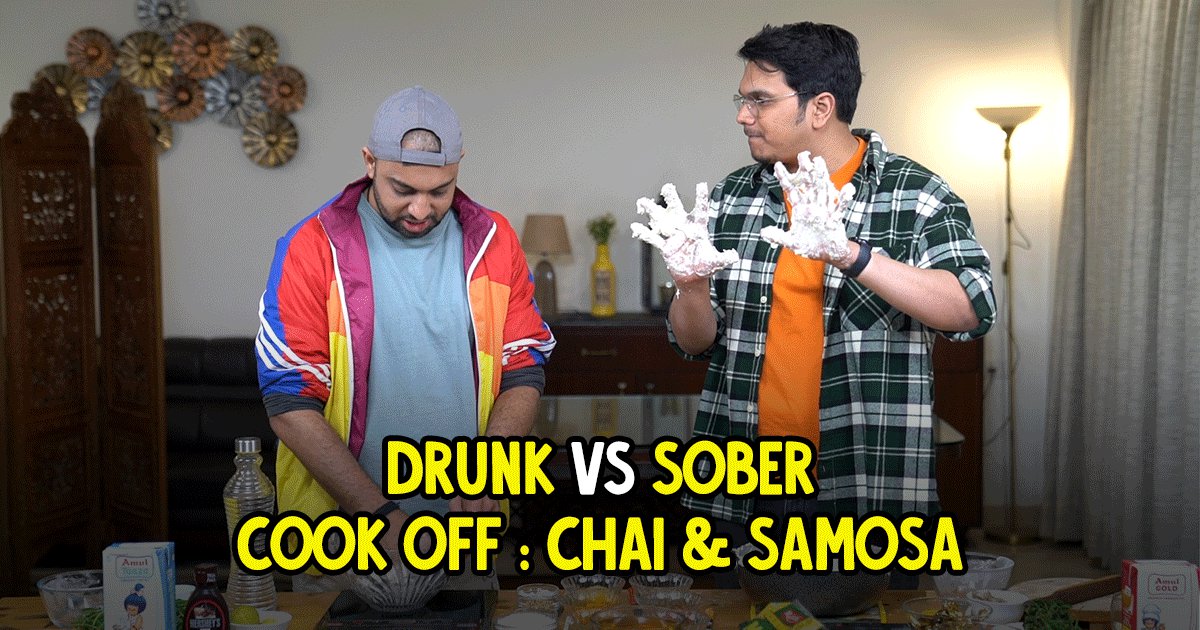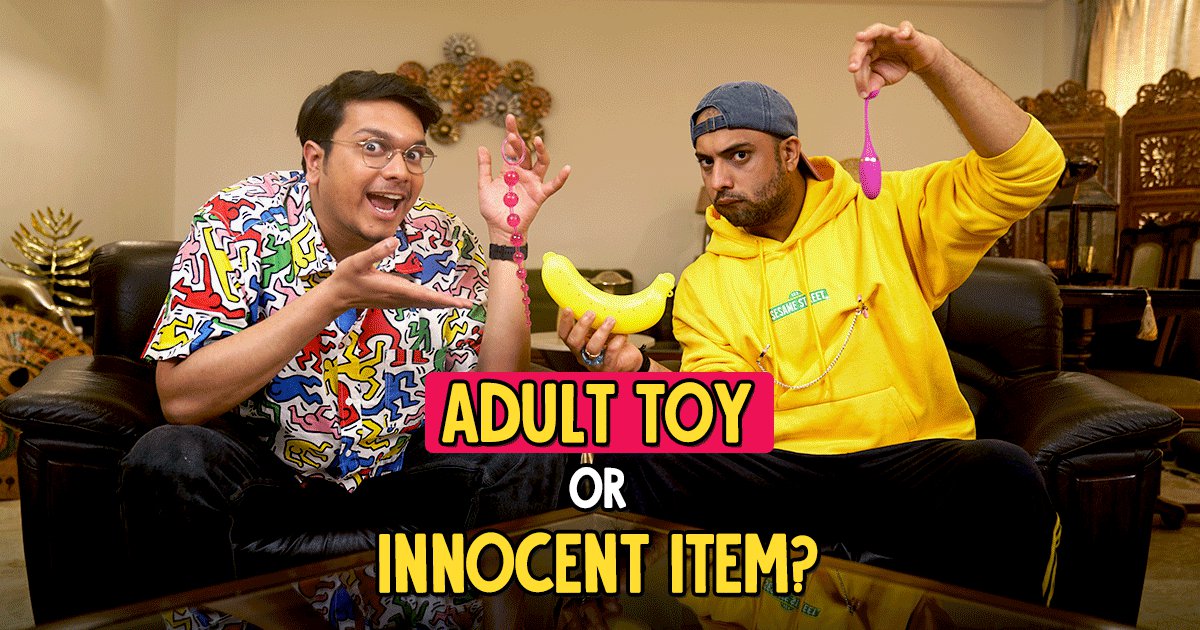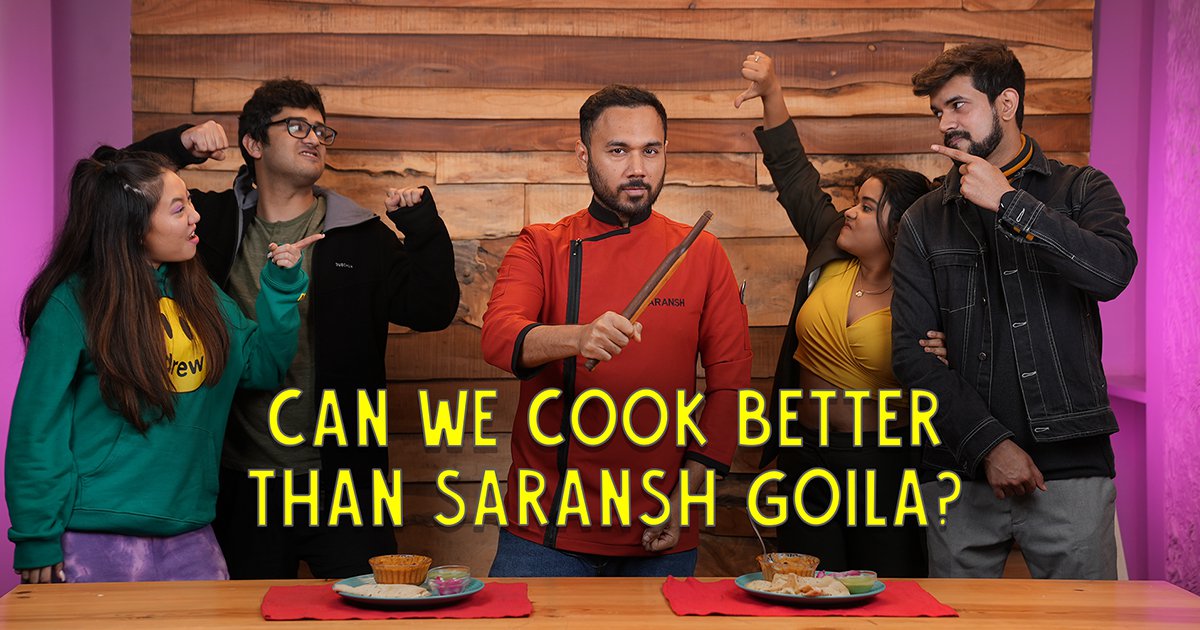Going by the sure number of people who die in the 153 minutes that is Mohenjo Daro, you realise that Ashutosh Gowariker has stayed true to the name of the city – the mound of the dead. But before the deaths, there is the emergence of Hrithik Roshan – or Sarman as he is called in the film. Saviour of Mohenjo Daro, pre-civilisation Steve Irwin and Arvind Kejriwal all rolled into one.
The film begins with Roshan and a band of merry men sailing down a rivulet in quaint canoes made from what looks like hay. When suddenly out from the water leaps a 12-foot rubber crocodile, which Roshan/Sarman then grapples with, stabs with a trident, kills and takes back to his village. Now we all know that Ashutosh Gowariker has insane budgets for his films. Could he really not have ensured a more realistic crocodile was used?
Once Roshan has pretended to fight and kill the fake crocodile and returned to his village, we meet his uncle Durjan, played by television’s Krishna – Nitish Bharadwaj. Sarman/Roshan is given to dreaming of a stunted white unicorn standing by a stream which gives him the side-eye. Following these visions, Roshan has a strange desire to go to Mohenjo Daro with the traders from his town on their annual farmer’s market in the town.
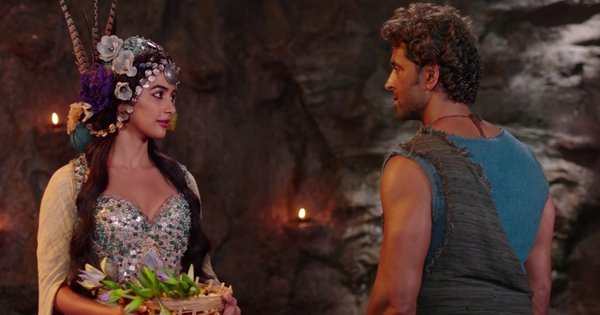
Finally, much against his uncle’s wishes, he heads off to Mohenjo Daro to sell indigo stones and little earthen animals. Roshan has a friend who accompanies him to Mohenjo Daro, the beautifully named Hojo. Who looks like Jaadu – and has as many lines of dialogue. Much like Krishna, Durjan also plays fast and furious with the truth and doesn’t tell Sarman/ Roshan why he has been wary of him going to Mohenjo Daro. Which I will be kind enough to not reveal as well, because that is one of the only plot twists in the film.
It’s when Roshan reaches Mohenjo Daro, that the story truly begins. There is a disclaimer at the beginning of the film that the details are only loosely based in history. But contrary to what I expected, there is an effort to try and stay true to history. Try being the operative word.
Mohenjo Daro has been replicated as close as possible to the descriptions we’ve read in history books and archaeological studies. There’s the Upper City and the Lower City. There is trading in copper and metals and stones. There are open markets, streets, indoor baths, two storey buildings. The presence of horses has been explained as being brought to Mohenjo Daro by traders from foreign lands.
But, this is no documentary. So we also have dwarf unicorns, Neanderthal wrestlers, feathered head-dresses, a fair as snow lady love – and Sandokan. Kabir Bedi looms large and botoxed over the film. Bedi plays Maham, the head of Mohenjo Daro. He looks evil and is therefore, evil. (I got the feeling that Bedi has been cast because he looks like the Mohenjo Daro bearded man artefact.) Bedi’s acting is a little over-dramatic, but he does command the scenes – almost stealing some away from Roshan. Especially when he speaks in his booming theatre voice. Hrithik on his part, acts with ease, but there really isn’t much emoting to do – other than look lovelorn, angry and then sad. And then repeat the emotions again. This is by far one of his most undemanding roles – other than for when he pretends he’s wrestling with that crocodile.
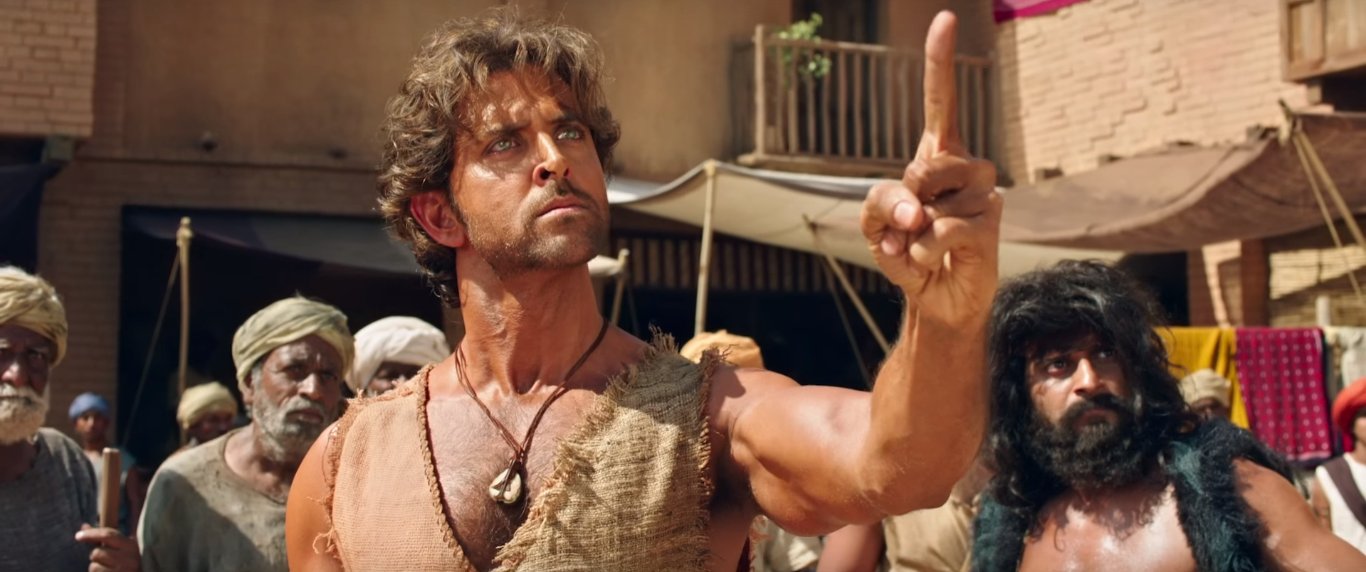
Bedi has an even more evil son, called Moonja, played by Arunoday Singh, who to express displeasure, literally snarls into the camera and at Roshan. There is a head priest, simply called Pujari (Manish Choudhary), whose daughter is Chani (Pooja Hegde) – and is the reason why Sarman decides to fight against the Maham, leading to much bloodshed. But what’s a few dead folk, when you want to win over your lady love? There is a revelation which takes place, following which Roshan/Sarman decides to wrest power from Bedi/ Maham.
But does all this hold your attention for 153 minutes? Just about. Because as much as Gowariker loves telling a story, he cannot but give in to the song and dance and romance of Hindi cinema. All three of which in this film are far from memorable. There is a wrestling match with two Neanderthals and Roshan, which is frankly so boring that you don’t care if they pulverize Roshan to putty. Arunoday’s character is devoid of nuance to the point that you feel even he’s relieved by the time he’s done away with.
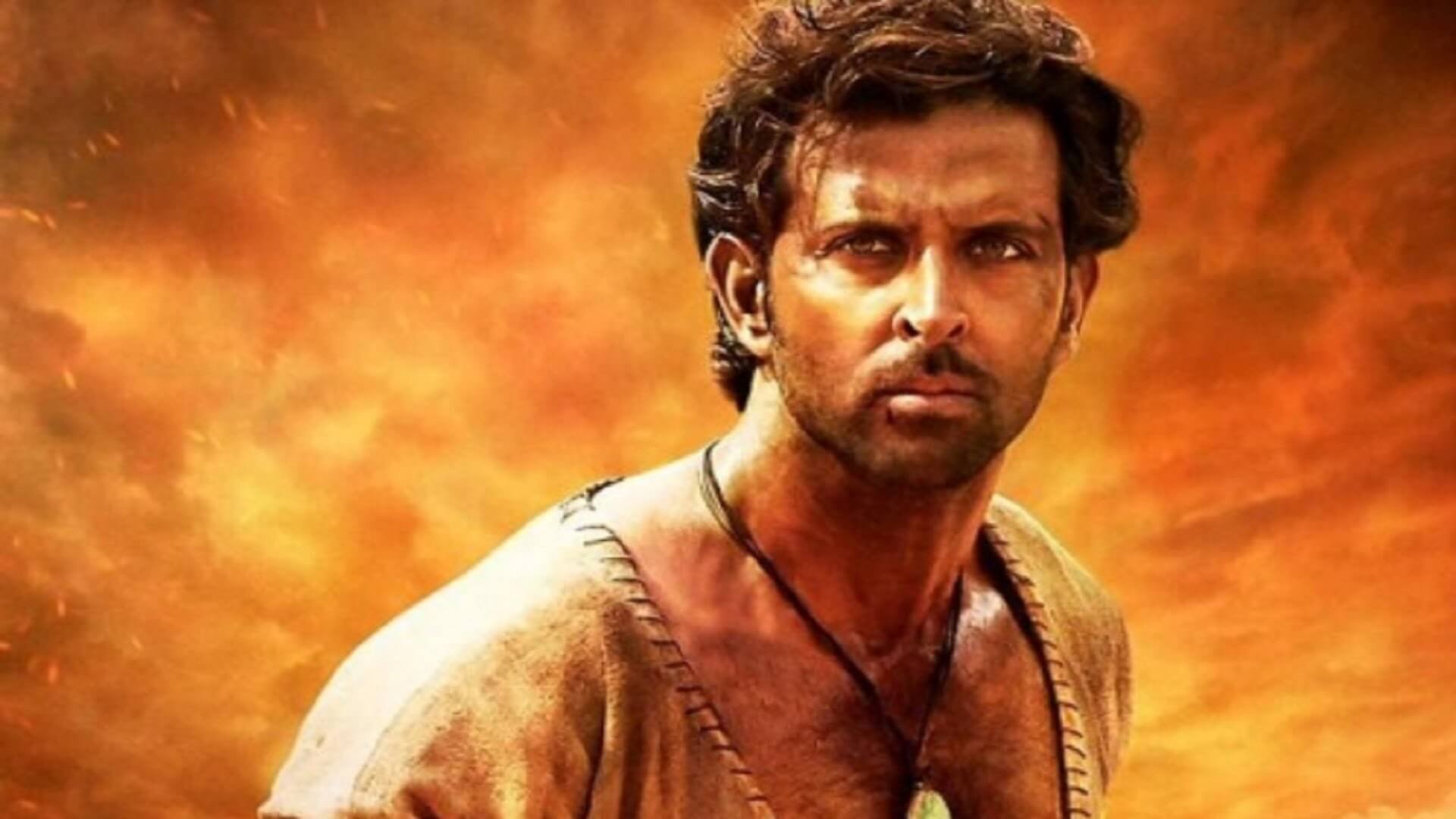
The only character who stands out other than Bedi, is Suhasini Mulay as Bedi’s wife and Arunoday’s mother. With barely any screen time, hers is the character which stays with you. Hegde, while extremely attractive, doesn’t really have much to do – other than look beautiful and make large eyes at Roshan while wearing dresses with startlingly low necklines. She’s merely the catalyst for Roshan to go from wide-eyed villager to newbie rebel.
All the song sequences and costumes remind you of the school concerts we’d put up, where we played people from different countries. It’s the same level of finesse and creativity on display.
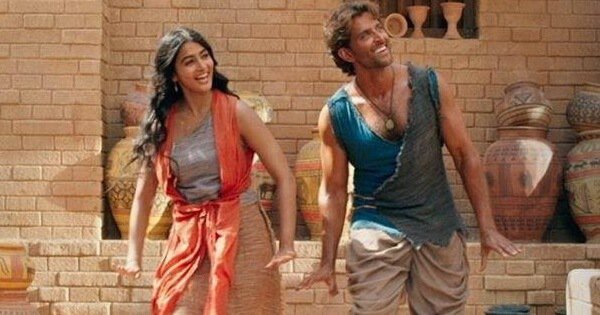
It doesn’t take a genius to realise that Roshan will rule Mohenjo Daro, the town – it’s how and why he does so, that is the story. Why he reminds me of Kejriwal is that Roshan is the common man who leads a people’s uprising against the cruel and machinating politicians looting Mohenjo Daro. Under Roshan, the People’s Republic Of Mohenjo Daro is formed. Ousting power from those who have ruled for so long. All with a song on their lips, and a dance or two and lots of bronzer. And by taming horses and crocodiles while doing so.
The clincher, though, is the little historical roulette which Gowariker engages in the end. When he shows that Ganga was named by none other than – wait for it – Hrithik Roshan!
Is it worth watching? If you are a patient sort, have 3 hours to spare and are not very disturbed by rubber crocodiles passing off as real ones, go ahead. I’ve seen far worse.












